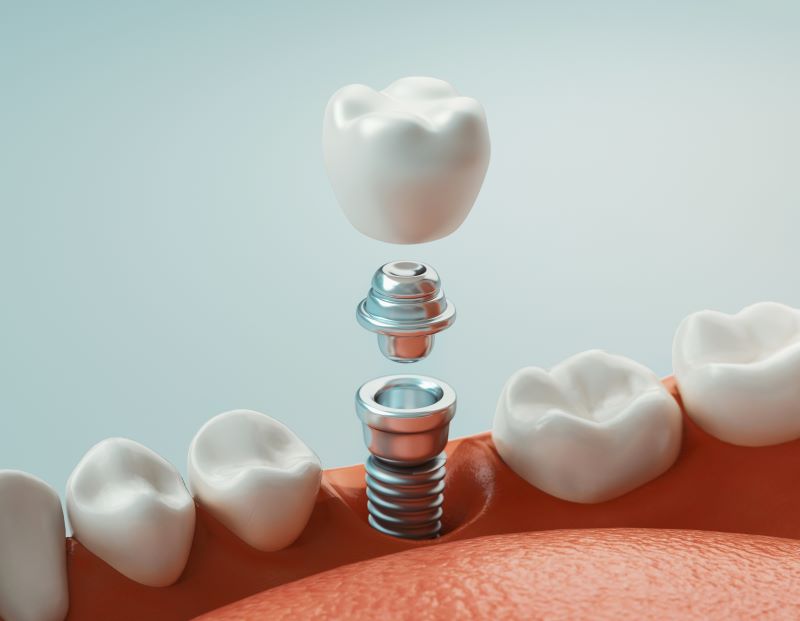
Today’s dental implants owe their high rate of success to a long history of trial and error. For instance, a metal known as titanium in 1952 was found to permanently fuse with the bone of a rabbit. For centuries prior to that, however, many attempts were made to restore teeth with rudimentary dental implants but failed. Still, despite these unsuccessful attempts, a lot was learned over the years that helped develop the sturdy, durable dental implants now available. Here’s a brief history of how the modern dental implant came to be.
The Early Years
The first attempts at dental implants date back to around 600 A.D., when the Chinese attached hand carved bamboo pegs to the jaw to act as replacement teeth. Later, in around 1000 B.C., the Egyptians attempted a similar procedure using precious metals, ivory, and jade, and were able to attach these materials to the jawbone. Unfortunately, these implants were never able to successfully integrate with the body, so the implants ultimately failed.
Over the next several centuries, more attempts were made around the world to find a material that would safely be implanted into the jawbone. From 1500 to 1800, scientists in Europe tried everything from gold to porcelain to no avail. It wasn’t until the 1900s when two brothers named Dr. Moses and Dr. Alvin Strock tried a metal called Vitallium that was used in hip bone replacements that the modern-day dental implant started to take shape.
Modern Day Implants
In 1952, a man by the name of Dr. Per-Ingvar Branemark discovered that he could not remove a titanium implant he attached to a rabbit femur because it had successfully integrated with the bone. By 1965, Dr. Branemark had installed a titanium implant to a human patient, although his findings did not gain popularity until 1982. By the 1990s, he had developed the zygomatic implant, which helped patients who had significant bone loss in the maxilla and needed their implant to be placed elsewhere to allow proper osseointegration.
Titanium implants are still in use today, and further advancements have been made since Dr. Branemark’s research in the 1990s, including the use of CT scans to help plan implant success and the need for bone graft procedures. 3D printing and robot-assisted surgeries have also been used to help streamline the process and make it more affordable and accessible to a wider range of patients.
If you are considering dental implant surgery, rest assured that you are benefiting from centuries of research designed to help give you a healthy and lasting smile. While technology may change in coming years, today’s dental implants are safe, permanent restorations that can not only restore your smile, but help maintain your bone and oral health, too.
About Our Practice
Fromuth & Langlois Dental of Manchester wants you to see you smile with the help of dental implants. We always take a collaborative approach to all our care, whether it’s educating our patients on the importance of a prescribed procedure or helping them create a custom treatment plan that achieves their oral health goals. We use the latest in dental technology to help ensure that we have the most accurate information possible, so that we can work together with you to make the right choice for your unique situation.
If you’re looking to replace lost or damaged teeth with a safe and natural-looking procedure that will withstand the test of time, schedule an appointment today by visiting our website or calling 603-931-4137.
